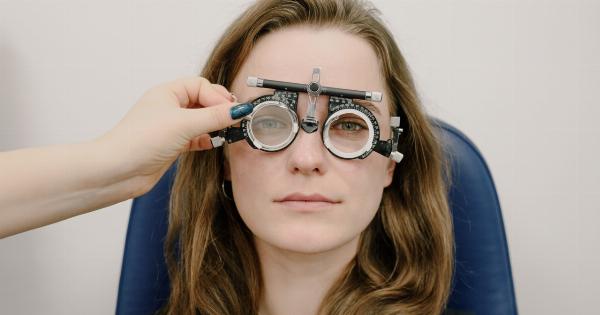For individuals facing mobility issues, every step can be a challenge. From simple tasks like walking or standing to more complicated movements like climbing stairs or even running, these limitations can significantly impact their quality of life.
However, advancements in robotics have paved the way for innovative solutions that are revolutionizing the way we approach mobility assistance. One such breakthrough is the game-changing robotic boot, which is transforming the lives of people with mobility issues and bringing newfound freedom and independence.
The Birth of Robotic Assistance
The development of the robotic boot can be attributed to years of research and collaboration between engineers, scientists, and medical professionals.
The goal was to create a device that could seamlessly integrate with the human body and assist individuals in regaining their natural mobility. After extensive testing, the result was a groundbreaking invention – a robotic boot that mimics the movements of a healthy foot, enhancing the wearer’s ability to walk and engage in other physical activities.
How Does the Robotic Boot Work?
The robotic boot leverages cutting-edge technology, including sensors, actuators, and a sophisticated control system, to provide support and facilitate natural movement.
Equipped with an array of sensors, the boot can analyze the wearer’s gait patterns and detect imbalances or irregularities. These real-time measurements allow the boot to adjust its movements accordingly, providing the wearer with the necessary support and stability.
Additionally, the robotic boot features highly responsive actuators that mimic the movements of the foot’s muscles and tendons.
When the wearer initiates motion, the actuators kick into action, providing the necessary power to execute the desired movement. This allows individuals with mobility issues to walk more efficiently, reducing the strain on their joints and muscles.
Enhancing Mobility and Independence
One of the key benefits of the robotic boot is its ability to enhance mobility and independence. For individuals with mobility issues, even simple activities like going to the grocery store or taking a walk in the park can be daunting.
However, with the assistance of the robotic boot, these tasks become more manageable.
The boot’s sophisticated control system ensures a seamless integration between the wearer’s movements and the robotic assistance.
For example, if the wearer wants to climb a flight of stairs, the boot detects the change in motion and adjusts its support accordingly, providing stability and reducing the risk of falls. This newfound mobility empowers individuals to engage in activities they might have previously thought impossible.
Improving Overall Health and Well-being
Regular physical activity is crucial for overall health and well-being. Unfortunately, mobility issues can often limit an individual’s ability to engage in physical exercise, leading to a sedentary lifestyle and its associated health risks.
The robotic boot aims to tackle this problem by enabling individuals to lead a more active life.
By providing the necessary support and enhancing the efficiency of walking and other movements, the robotic boot encourages individuals to engage in regular exercise.
This can have a positive impact on cardiovascular health, muscle strength, and mental well-being. Moreover, increased physical activity can help manage weight, reduce the risk of chronic diseases, and improve overall quality of life.
Promising Applications and Future Developments
The potential applications of the robotic boot extend beyond assisting individuals with mobility issues. Researchers are actively exploring its use in rehabilitation programs for patients recovering from lower limb injuries or surgeries.
By providing targeted support and facilitating natural movement, the robotic boot can aid in the recovery process and accelerate rehabilitation.
Furthermore, the development of the robotic boot has sparked interest in the field of exoskeleton technology.
Exoskeletons are wearable devices that enhance human capabilities, enabling individuals to lift heavier objects, improve endurance, and perform physical tasks with greater ease. The advancements made in creating the robotic boot serve as a stepping stone towards the development of advanced exoskeleton systems, which may have far-reaching applications in various industries.
The Road to Accessibility
As with any innovative technology, accessibility and affordability are crucial considerations.
While the cost of the robotic boot may be significant initially, ongoing advancements and increased adoption can pave the way for reduced production costs and wider availability.
The widespread integration of robotics in healthcare and rehabilitation fields holds tremendous potential for bridging the accessibility gap.
Through continued research, development, and collaboration, the goal is to make robotic boots and similar assistive devices more accessible to individuals in need, regardless of their financial resources.
The Transformation of Mobility
The introduction of the game-changing robotic boot marks a remarkable transformation in the field of mobility assistance.
With its ability to mimic natural movement, provide support, and enhance overall mobility, the robotic boot is empowering individuals with mobility issues to reclaim their independence, engage in physical activities, and improve their overall quality of life.
As technology continues to advance, we can look forward to even more groundbreaking discoveries in the realm of robotics and assistive devices.
The future holds the promise of a world where mobility is no longer a hindrance, but a gateway to endless possibilities.





























